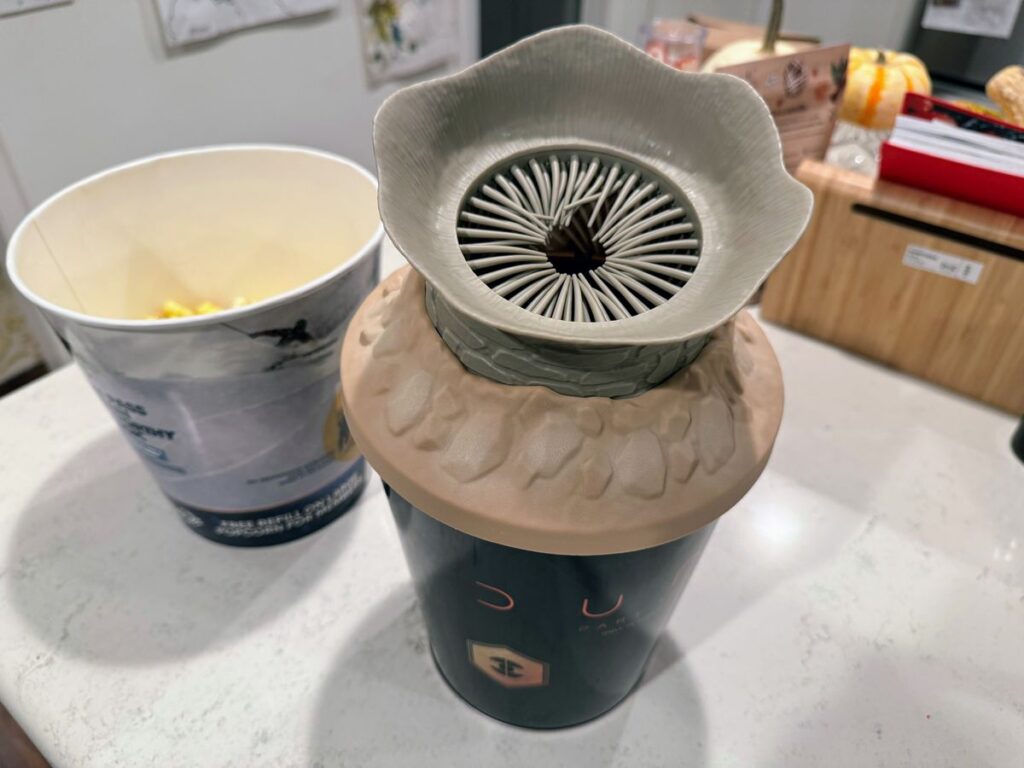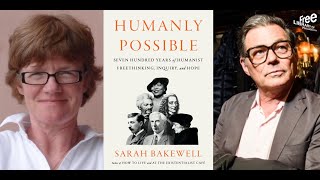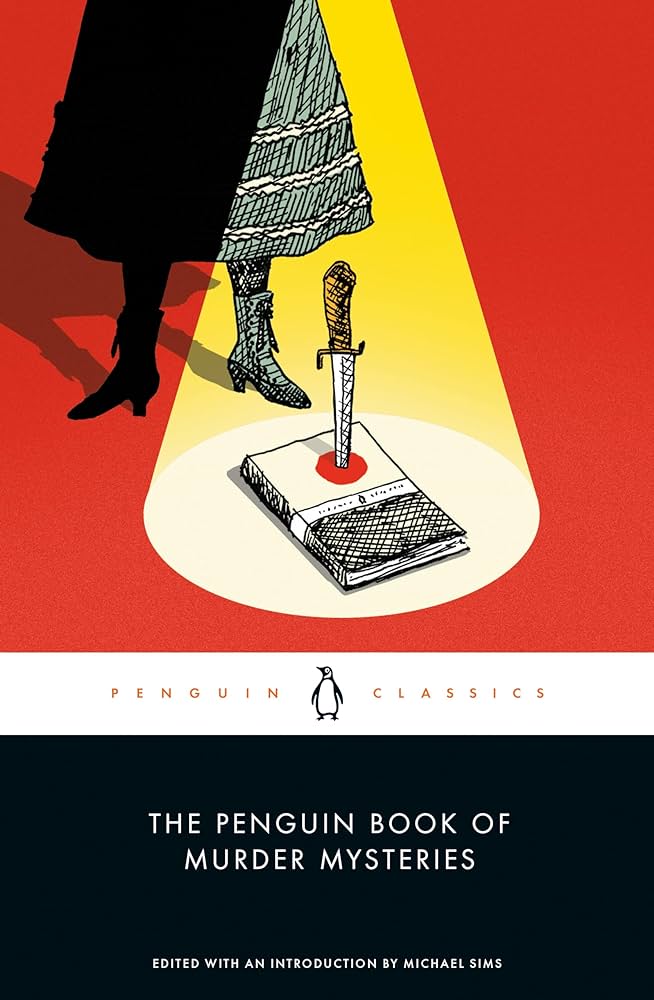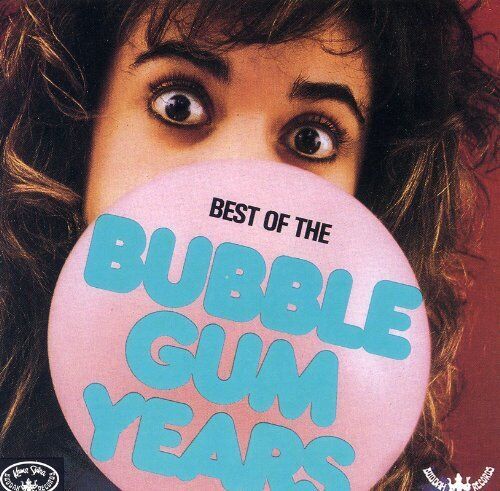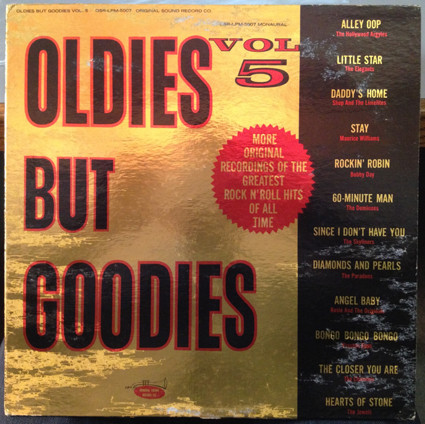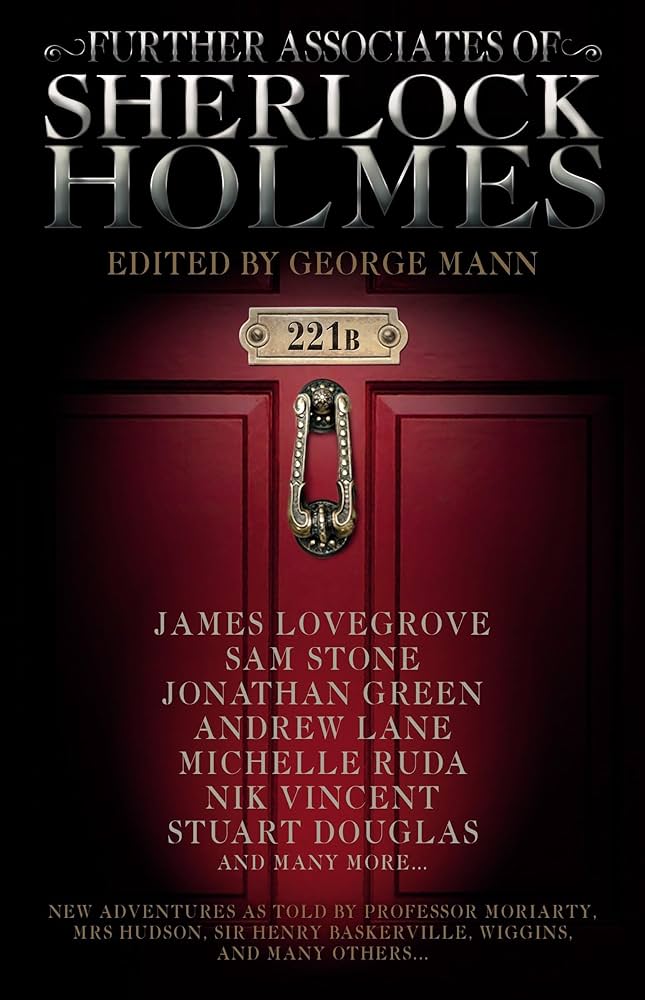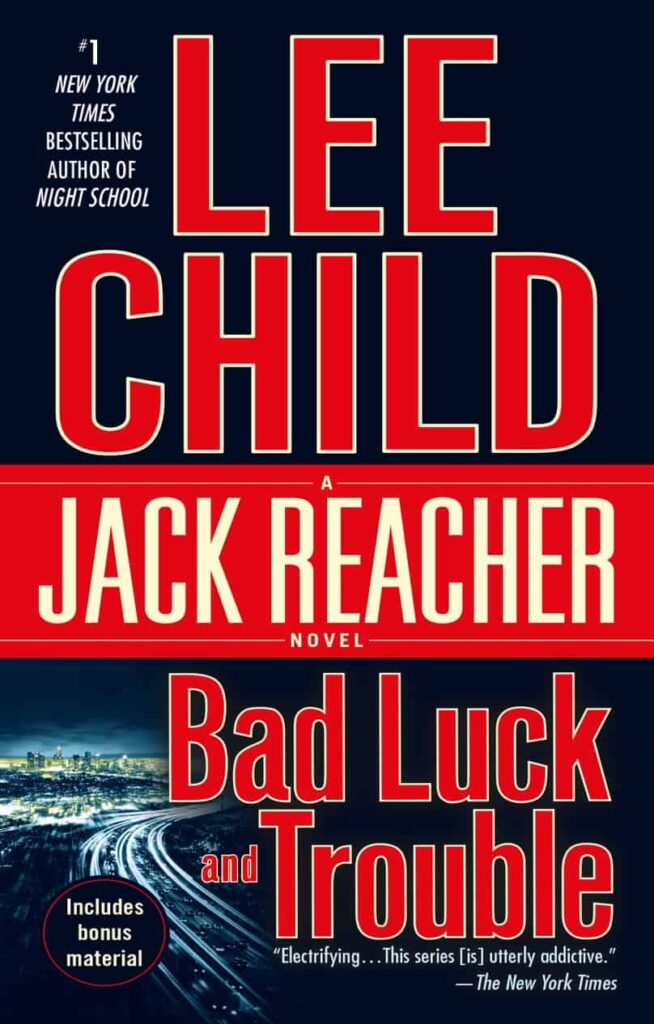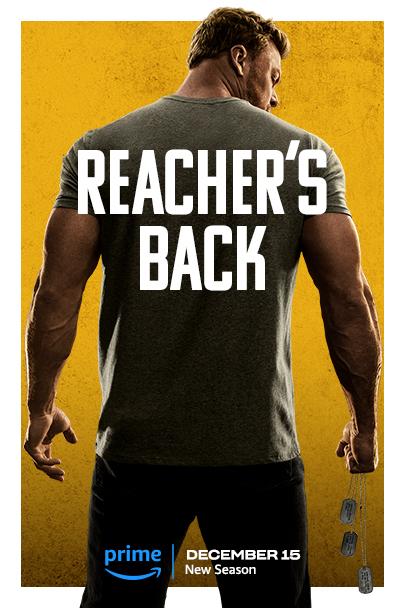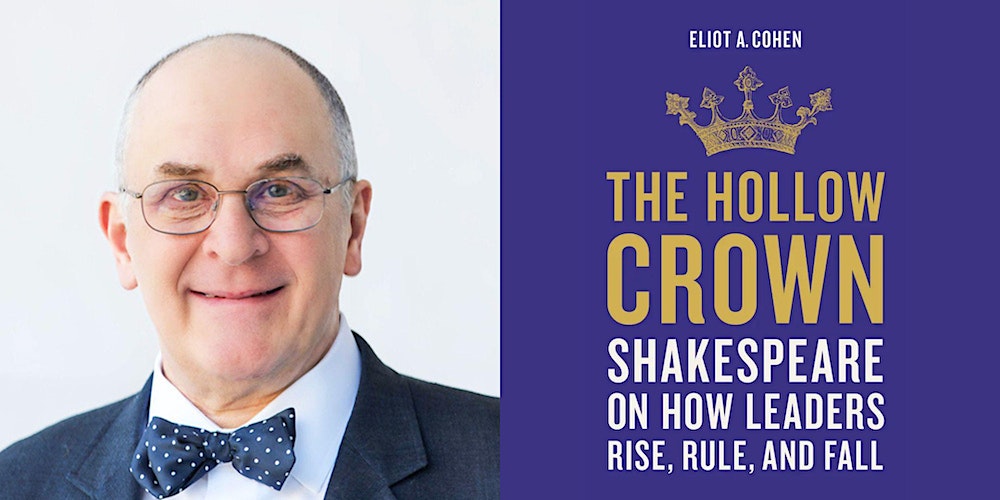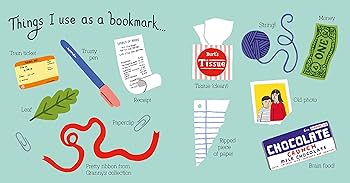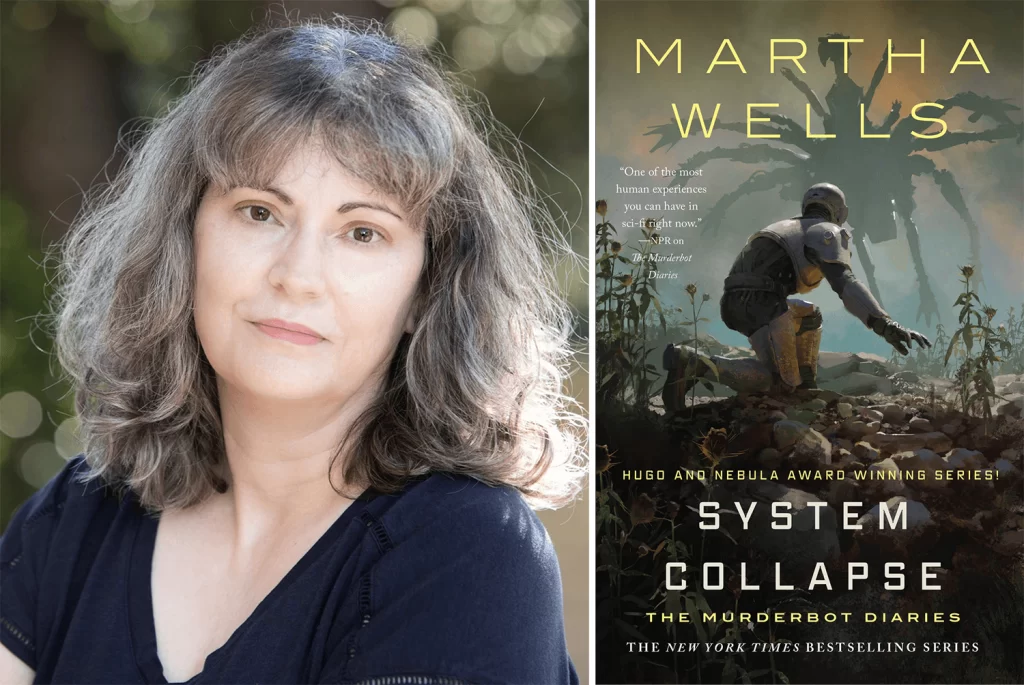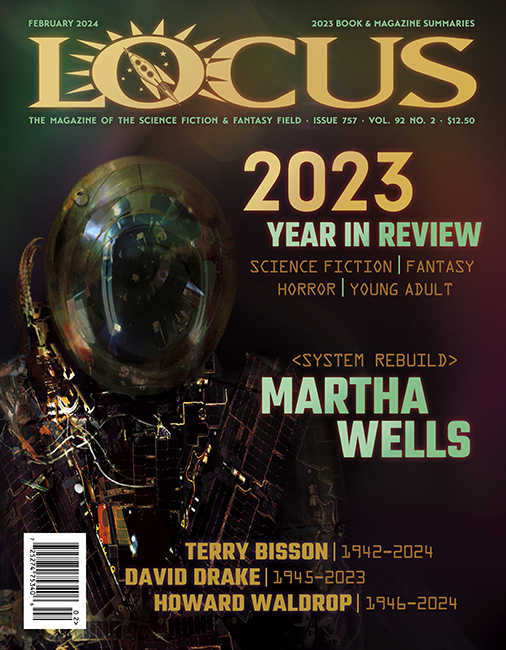
Denis Villeneuve’s eye-popping Dune, Part Two features an action-packed conclusion to the best movie version of Frank Herbert’s classic SF novel, Dune (1965). In Dune, Part One (you can read my review here) House Atreides is toppled by a House Harkonnen coup orchestrated by Emperor Shaddam IV (Christopher Walken) and a Bene Gesserit Reverend Mother (Charlotte Rampling). Surviving the massacre, Paul Atreides (Timothee Chalet) and his pregnant mother Jessica (Rebecca Ferguson) flee into the desert and join the Fremen who have adapted to living on Arrakis.
Arrakis is the only planet with the most essential and valuable commodity in the universe: melange (aka, “spice”), a drug that gives the user a longer life span, greater vitality, and heightened awareness. In some humans, the spice can also unlock prescience, a form of precognition based in genetics but made possible by use of the drug in larger dosages. Among other functions, prescience makes safe and accurate interstellar travel possible. However, melange is also highly addictive, and withdrawal is fatal.
Paul Atreides slowly learns the way of the Fremen and becomes their leader. His lover, Chani (Zendaya), fears Paul’s ambitions will destroy him and her people. The most compelling character in Dune, Part Two is Austin Butler, not looking like Elvis anymore, as the sociopathic killer, Feyd-Rautha Harkonnen. With his head shaved bald, skin as white as porcelain, and a lust for killing, Feyd-Rautha Harkonnen takes control of Arrakis from his uncle. But the rise of Paul Atreides and the Fremen bring Paul and Feyd-Rautha to a deadly confrontation.
Greig Fraser, who won the Oscar for cinematography for Dune, Part One, tops his work there with stunning use of color and light in Dune, Part Two. There are rumors that Denis Villeneuve might make one more Dune movie, Dune Messiah. I hope he does after viewing this marvelous film! GRADE: A
